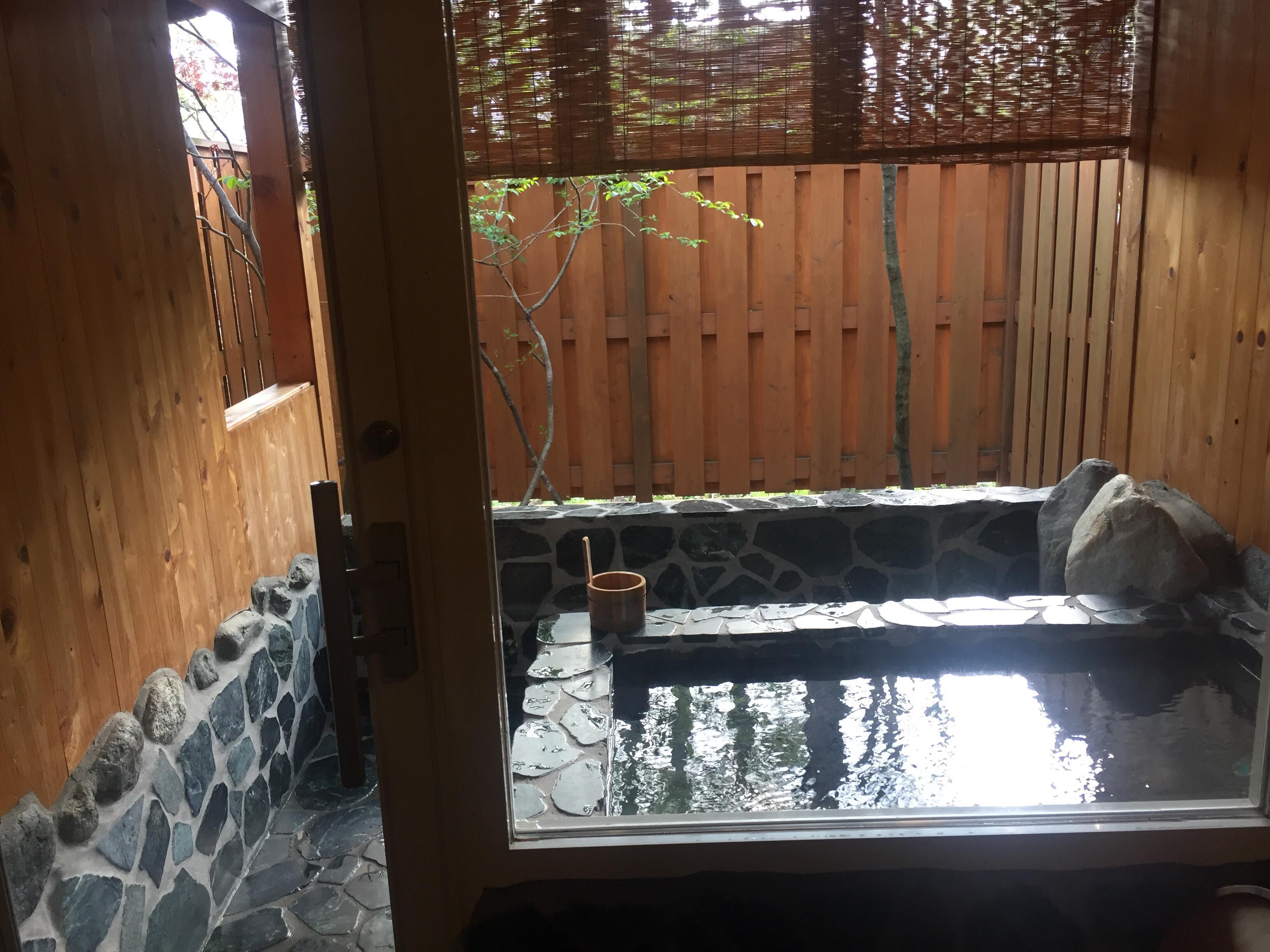I began writing this fictional essay in 2017. There were many reasons to have written it that year. I revisited it later, in 2019, and again today. Still I have questions; still it make me think.
I hope the same for you.
Lemon Politico
by Patricia Willers
Someone threw a lemon at me, and it hit me right in the face.
I couldn’t believe they just did it –heckling by fruit. And it hit me like a punch. I knew this because I had been punched once when I was a kid.
My little brother punched me when we were fighting over a toad, of all things. I wanted to utilize the toad as a science experiment and dissect it. I loved animal biology, and the idea of spending a hot summer afternoon taking apart a toad limb by limb was perfectly intriguing to me. My brother adored animals in a different way. To him they had names and thoughts and feelings and families, for god’s sake. Obviously the idea of me taking this little creature and killing it for purely scientific purposes—well, it was just atrocious to him. He couldn’t take it, and he just popped. Snapped. Punched me right in the nose.
And that’s how I know how it felt. Having a lemon thrown at you is exactly like being punched in the nose.
When the lemon was thrown at me, I was giving a talk. I felt wholly shocked by the act. I was lecturing on a topic with great enthusiasm. I was an intelligent, straight talking, educated, well-read individual. My convictions made sense. I had labored over each point in my presentation, brainstorming and testing and weighing reasons and support. I had detailed statistics supporting my theses. Philosophical theories and arguments supported each idea globally, and furthermore, I had firsthand accounts—real, true, non-fiction, individual anecdotes— that explained why my well-supported, reasonable, high quality points were correct.
Yet someone had thrown a lemon at me. I would probably have a black eye.
Someone must have felt very strongly about the topic to have felt the need to throw a lemon right at my face.
I wanted to pull them up on stage. They clearly had the fervor to match my passion. In fact, passionate was a mild term for my beliefs on this topic. When I got going, there was no stopping my ferocity! Yet I had never been gripped by the desire to throw a piece of fruit at someone. To be so overtaken by an inability to vocalize sentiment and reason! What must this surly spectator have been feeling? Had they been rendered so speechless when faced with a conflicting viewpoint that the confrontation evoked a desperate need to engage twitch muscles in a rebuttal?
I was reminded again of my brother.
At the moment in my childhood when a toad’s destiny intersected with my own, my brother had asked me why I thought I was right and he was wrong. I had thoroughly berated him on the damning effects of violence as a reaction to stress and fear, but I hadn’t answered his question. But in this case, it was different. I had facts!
Later, with an ice pack draped across the bridge of my nose, he asked me one more question. With tears running down his face, still clutching a squirming toad, he asked me if we could still be friends, even if we both felt so strongly about something so important.
And I didn’t know the answer. I did, and I didn’t.
After the lemon mauling, I had an ice pack draped in the exact same manner. I am not a radical. How could anything I said or did warrant having a lemon thrown at me? It was a new moment in my life.
Was the fruit slinger a lunatic? Or a friend, neighbor, or relative? Was I so blinded by my own beliefs that I could no longer entertain opposing viewpoints? The phrase confirmation bias echoed in my head.
I should meet this lemon politico. We had things to talk about.
Maybe we could still be friends.










